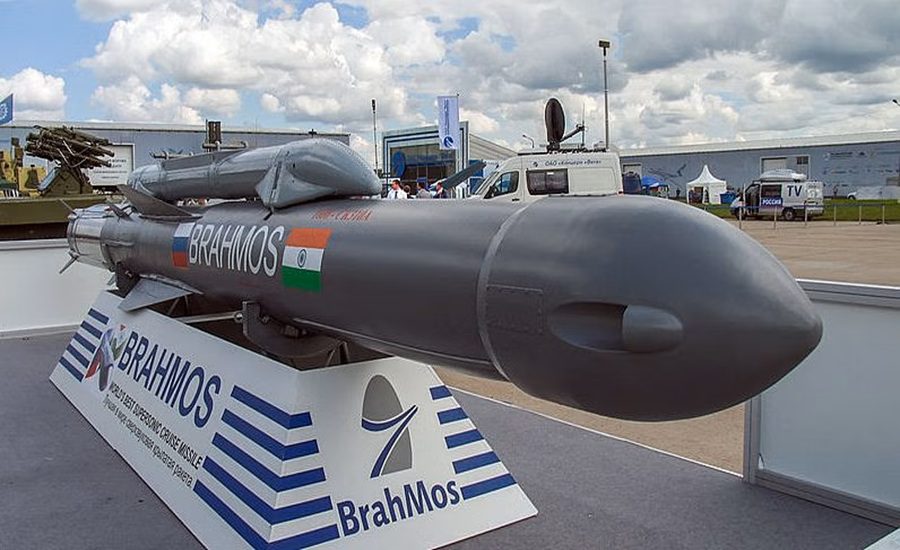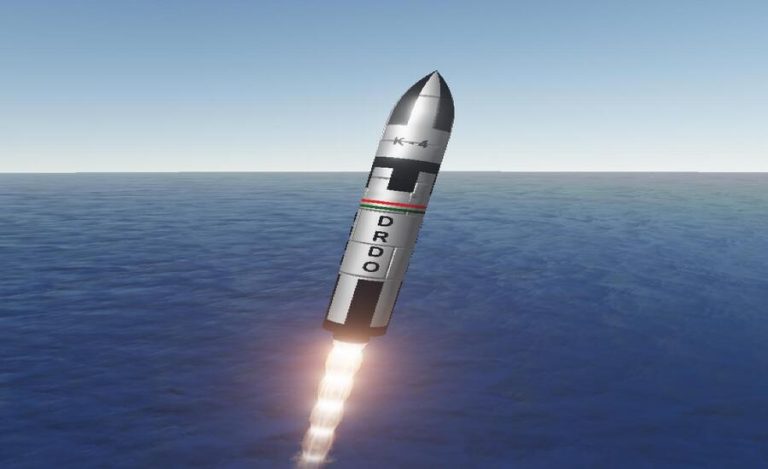New Delhi/ Manila: The Philippines is stepping up its defence cooperation with India by moving to buy additional units of the BrahMos supersonic cruise missile-system. The decision comes against the backdrop of increasing maritime tensions in the South China Sea, where Manila faces mounting pressure from China-connected naval and coast-guard activity.
Background of Philippines India BrahMos Deal
In January 2022, India and the Philippines entered into a contract worth about US$375 million for three shore-based anti-ship missile batteries of the BrahMos system.
These batteries include not just the missiles but mobile launchers, radar, command-and-control vehicles and full logistics and training support. The export variant of BrahMos provided has a range of approximately 290 km. Since delivery began in April 2024, the Philippines has begun integrating the system, and now discussions are underway to expand the order significantly.
About the BrahMos Missile & India’s Role
The BrahMos missile system is a joint Indo-Russian venture, developed to deliver high-speed, sea-skimming cruise missiles capable of engaging surface-vessel targets from shore or mobile platforms.
For the Philippines, India’s readiness to supply such advanced hardware signals both a commercial success and a strategic shift — showcasing India’s emergence as a credible defence exporter and partner for maritime Asia.
Importance of the Philippines India BrahMos Deal
- For the Philippines, expanding its BrahMos inventory means strengthening deterrence along its vast maritime zones, especially near the contested West Philippine Sea / South China Sea. The system’s long-range anti-ship capability serves as a significant force multiplier for an archipelagic state facing pressure from a larger naval neighbour.
- For India, the deal reinforces its strategic “Act East” outreach, provides a boost to its defence exports under the “Make in India” initiative, and positions New Delhi as a meaningful partner in the Indo-Pacific defence architecture.
Key Challenges & Implications
There are the following challenges and implications must be considered:
Delivery & Integration: Ensuring timely delivery of additional batteries and integrating them into the Philippine defence architecture — training, logistics, support systems — are non-trivial tasks.
Escalation Risk: The step will likely provoke diplomatic and military responses from China, given the enhanced capability being deployed near contested zones.
Regional Arms Dynamics: Other Southeast Asian nations may follow suit, intensifying an arms dynamics shift in the region. As reported, countries like Vietnam and Indonesia are already showing interest in BrahMos.
Cost & Sustainment: Beyond acquisition cost, long-term operational sustainment — maintenance, spares, upgrades — will impose demands on Manila.
Strategic Signalling: The expansion signals that the Philippines is asserting its deterrent posture, which may affect negotiations and bilateral ties with China.
Way Forward
To optimise this strategic step, both nations will need to:
- Fast-track formal negotiations for the additional battery order, including specifications, timelines and training programmes.
- Ensure comprehensive logistics & training packages, so the Philippine Marine Corps and Navy can effectively operate and maintain the system.
- Coordinate regional defence diplomacy, aligning with other partners (e.g., the US, Japan, Australia) to shape a stable maritime security environment rather than triggering uncontrollable escalation.
- Leverage the deal for broader cooperation — such as intelligence sharing, joint maritime patrols, and technology transfer — deepening the India-Philippines defence relationship into a multi-dimensional partnership.
- Monitor cost-effectiveness and transparency, ensuring that the acquisition improves defence capability without overburdening budgetary resources.



























